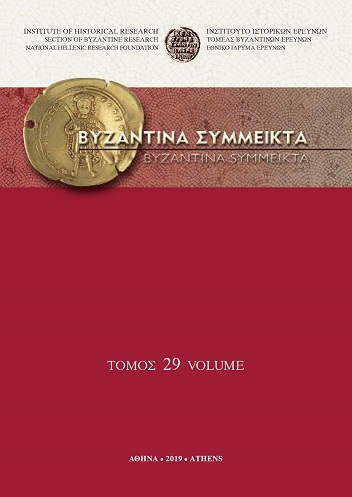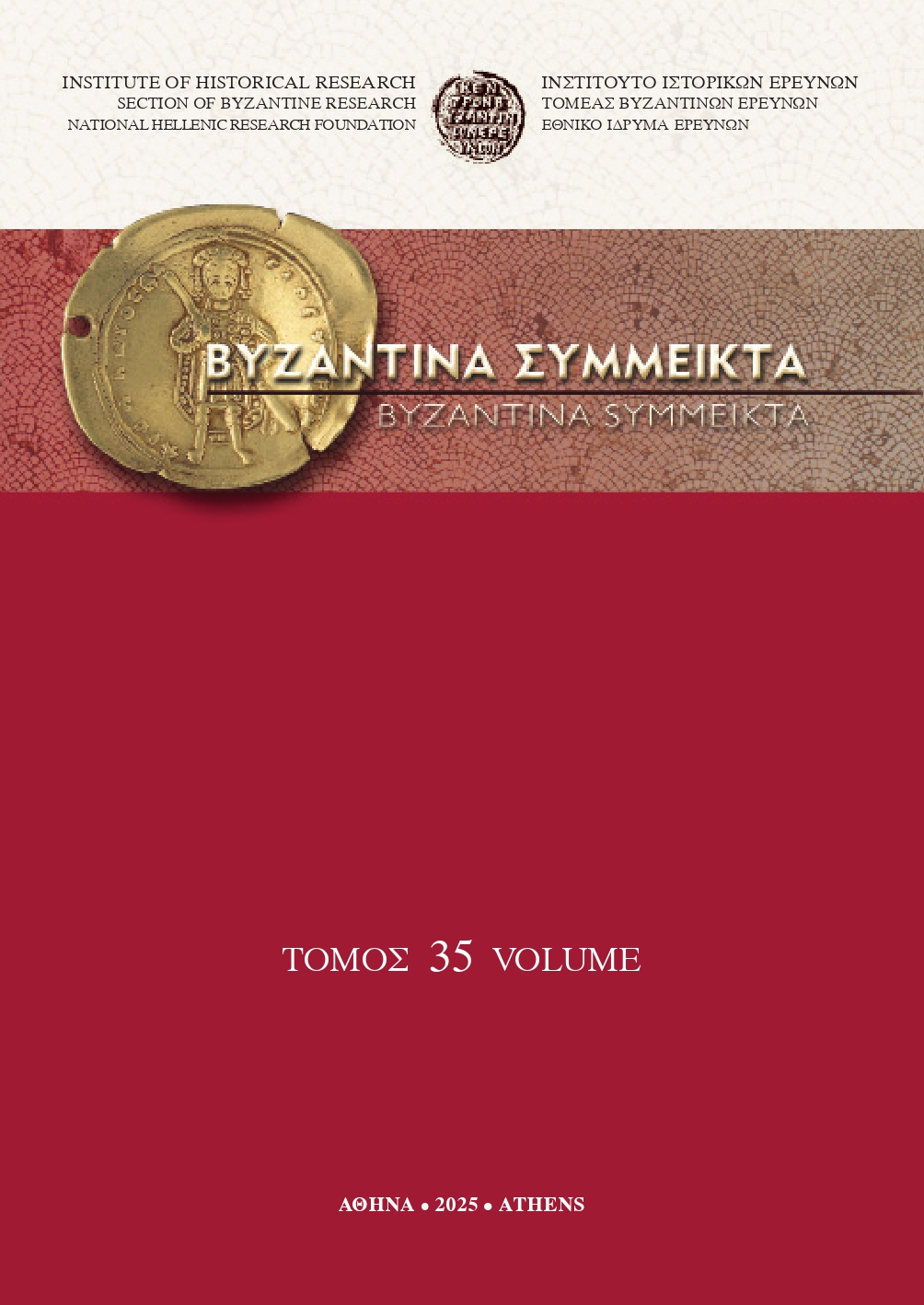Μητροπολιτική εξουσία και αξιωματούχοι των αποικιών: Ο καπιτάνος Κρήτης (14ος-15ος αι.)

Abstract
Charalambos Gasparis
Metropolitan Authority and Colonial Officials. The Capitaneus Crete. XIV-XV c.
A new official, the Capitaneus Crete, has been appointed for the first time after the revolt of St. Titus (1363-1366) to protect the venetian dominion in Crete against any internal or foreign enemy.
Capitaneus is the chief of the Cretan feudal and mercenary army, responsible for the island defence. He participates to the local government (regimen), as an equal with the Duke of Candia and his two Counsellors. Before leaving Venice, the capitaneus, as every venetian official, swears to the main principle of the venetian colonial policy, that is to fight «for the honour and the profit of the Venetian state» and also «for the good and the security of the colony».
The commissio of capitaneus Crete Nicolaus Mudatio (1411) offers a panorama of the capitaneus' restrictions and jurisdictions as a high official of the venetian colony of Crete. He is appointed by the metropolitan authorities for a two-year period of time with an annual payment of 1.000 venetian ducati. Among his other duties, the capitaneus has to organise and keep the army ready to defend the island whenever is needed; he also administers justice among the mercenaries and he is responsible for keeping the order in the city and the burgo of Candia. As far as his participation to the regimen is concerned, his contribution to decisions related to internal or foreign affairs is quite significant.
Article Details
- How to Cite
-
ΓΑΣΠΑΡΗΣ Χ. (1998). Μητροπολιτική εξουσία και αξιωματούχοι των αποικιών: Ο καπιτάνος Κρήτης (14ος-15ος αι.). Byzantina Symmeikta, 12, 171–214. https://doi.org/10.12681/byzsym.853
- Issue
- SYMMEIKTA 12
- Section
- Articles

This work is licensed under a Creative Commons Attribution-NonCommercial-ShareAlike 4.0 International License.
Copyright: The copyright for articles in this journal is retained by the author(s), with first publication rights granted to the journal. By virtue of their appearance in this open access journal, articles are free to use (with the exception of the non-granted right to make derivative works) with proper attribution for non-commercial uses (licence Creative Commons 4.0). NHRF retains the worldwide right to reproduce, display, distribute, and use articles published in BYZANTINA SYMMEIKTA in all formats and media, either separately or as part of collective works for the full term of copyright. This includes but is not limited to the right to publish articles in an issue of the Journal, copy and distribute individual reprints of the articles, authorize reproduction of articles in their entirety in another NHRF publication, and authorize reproduction and distribution of articles or abstracts thereof by means of computerized retrieval systems.








